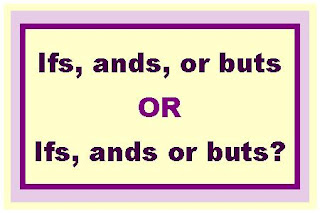I started thinking about this book about four years ago when Biljana came to work at the same law firm where I was then-employed. I began researching and outlining about a year later. The rough draft was completed about a year and a half ago. And then rounds and rounds and rounds of revisions and editing before starting publication late last spring.

MissingEmily: Croatian Life Letters is the story about how two teenage girls living on opposite sides of the world, one in the United States and one in Croatia, who are dealing with their own turmoil, one of deep depression and one of civil war, find comfort and solace by writing letters to each other in the early 1990s.
The format of the book combining narrative with letters is different from many books and I am not aware of any book which links someone from the United States with someone from Croatia. It is historical in that it covers historical events, namely Croatia’s civil war, but it is was only 20 plus years ago which is part of the point of the story – civil wars or historical events are occurring right now. The book is also different in that it doesn’t neatly fit into its young adult genre; one of the characters is approximately fifteen to sixteen during the story and one thirteen to fourteen which put them into the traditional category of young adult and middle grade, respectively. The subject matter, however, would be categorized more as older young adult by traditional publishers. This is also part of the point of the story – death, depression, and war don’t fit into neat little packages, either. They are messy and sometimes ambiguous. Thus, part of the target market for the book is other adults, like me, who enjoy reading YA books.
To read an excerpt, click here to access the Look Inside feature on Amazon. If you review books for a blog, magazine, e-zine, newspaper (print or web), or other online or print publication and would like a free review copy, please send an email to me at jodie@wordsywoman.com with your name, publication name and URL (if any), physical address, email address and phone number and indicate if you want a paperback or e-book.
Thanks and happy reading!


